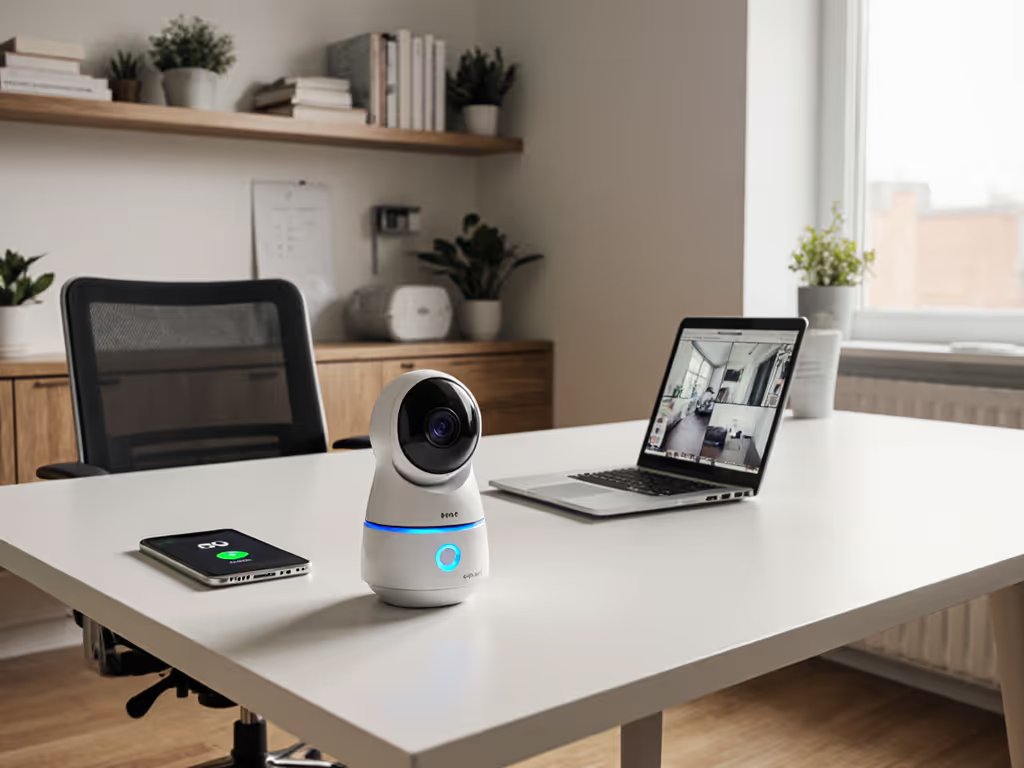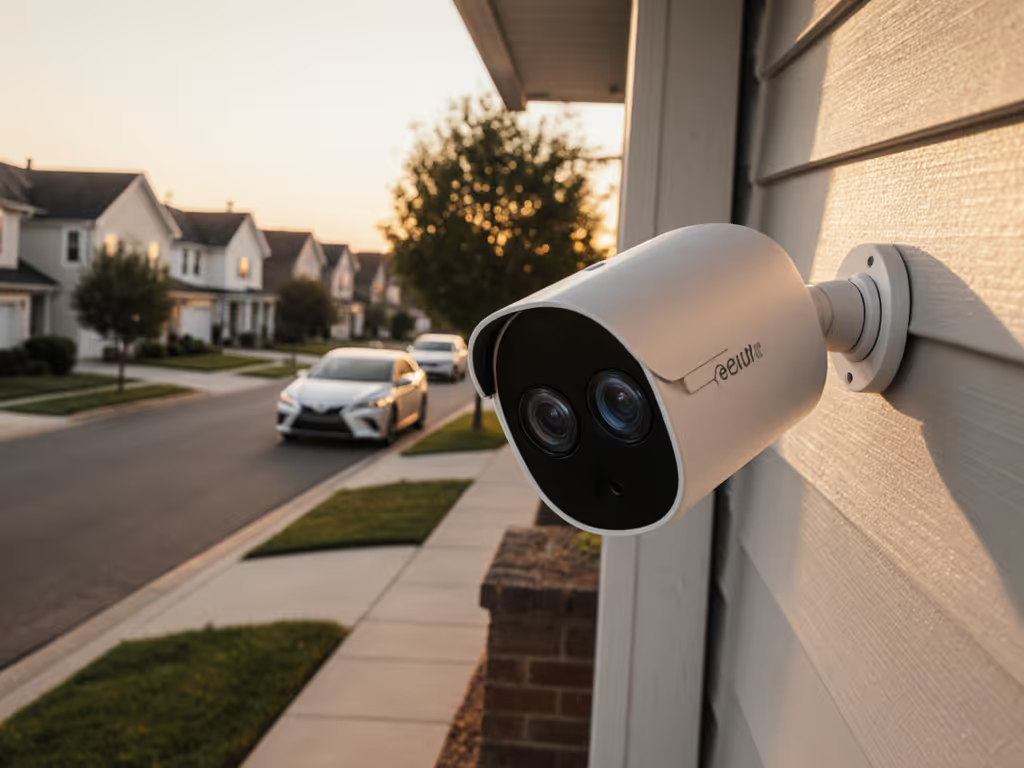
Eco-Friendly Security Cameras: Full Lifecycle Compared
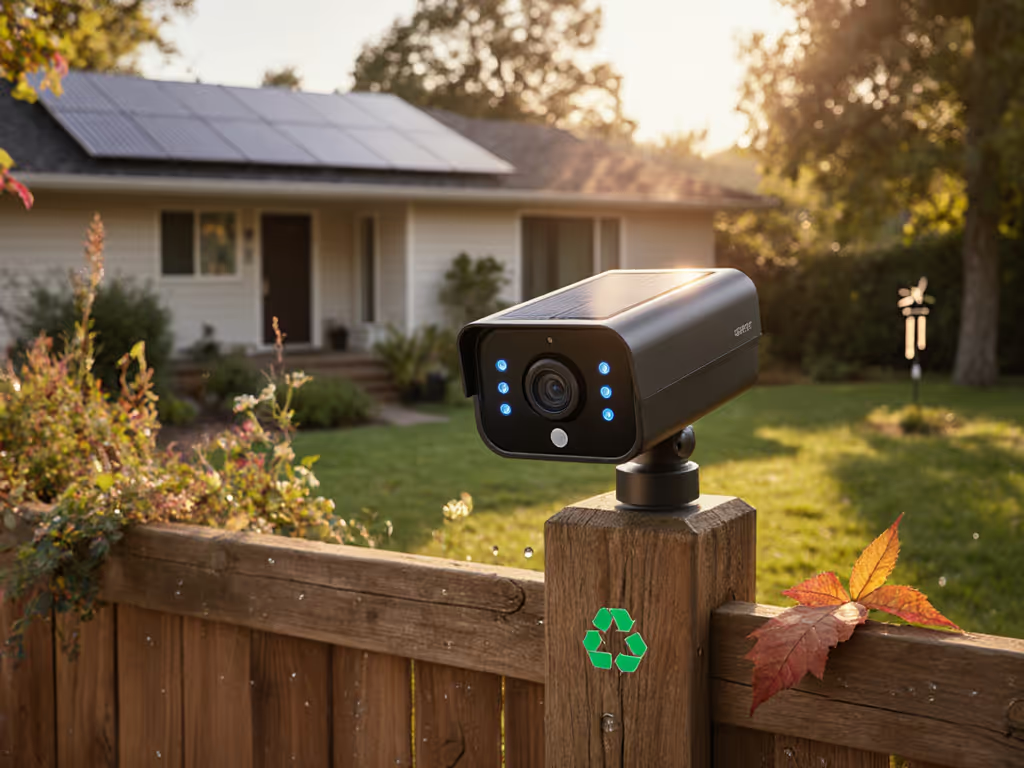
When evaluating eco-friendly security cameras, most homeowners focus solely on solar panels and battery life, missing the bigger picture of what makes a truly sustainable surveillance system. As someone who designs camera setups that keep evidence in your hands while minimizing data exhaust, I've seen how privacy and reliability reinforce each other: control the data, control the risk. A neighbor's casual doorbell footage sharing incident taught me that privacy done right actually improves reliability, not just optics. Today, we'll examine security cameras through their entire lifecycle (beyond marketing claims) to help you make a genuinely informed decision.
Collect less, control more; privacy is resilience when things go wrong.
How do I define "eco-friendly" security cameras beyond just solar power?
True sustainability in security cameras requires threat-model framing that considers your specific environmental impact alongside security needs. It's not just about solar panels (it's about the entire value chain: manufacturing footprint, energy consumption patterns, data transmission efficiency, and end-of-life processing). Many "green" cameras actually create more waste through cloud dependence, requiring massive data centers that consume enormous energy to process footage you'll never review. For a deeper comparison of storage approaches, see our cloud vs local storage guide and how each impacts energy use and resilience.
When evaluating energy efficient security cameras, consider these factors:
- Local processing capability: Cameras that perform motion detection and person recognition on-device (rather than sending everything to the cloud) reduce data transmission by 80-90%
- Power source diversity: Not just solar, but how well the camera manages power across seasons and weather conditions
- Material composition: Recycled plastics, aluminum housings, and minimal packaging
- Data minimization: Systems that capture only relevant footage rather than 24/7 recording
Control is a feature when it comes to sustainability. The eufyCam 2C
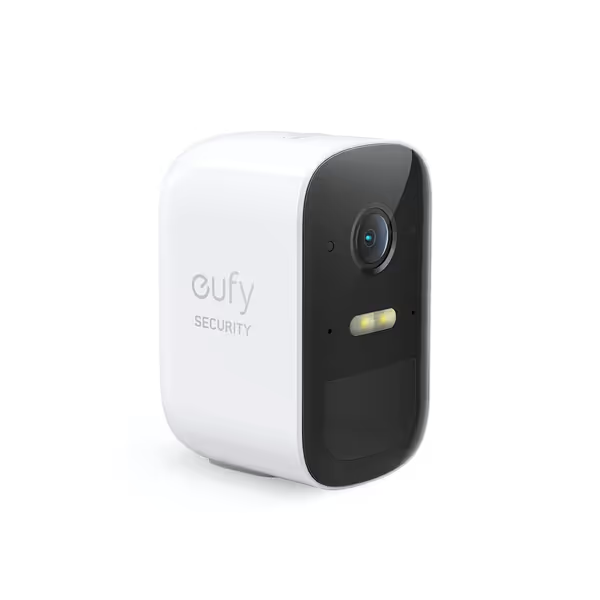
eufyCam 2C Add-on Camera
demonstrates this principle with its local storage approach (retaining footage on-device rather than constantly transmitting data to cloud servers). This reduces both your home's network burden and the massive energy footprint of data centers.
How reliable are solar security cameras compared to traditional options?
The impact of solar on reliability is nuanced. While solar eliminates outlet dependency and reduces electricity bills, many homeowners experience unexpected challenges: See our real-world tests of solar security camera battery life to plan for seasonal drops, shading, and temperature limits.
- Seasonal performance drops: Panels generate 30-50% less power in winter months, even in sunny climates
- Shading issues: Nearby trees or architectural features that cast shadows during critical daylight hours
- Extreme temperature limitations: Most panels operate efficiently only between 32°F-122°F
The WININMETA Solar Panel Charger
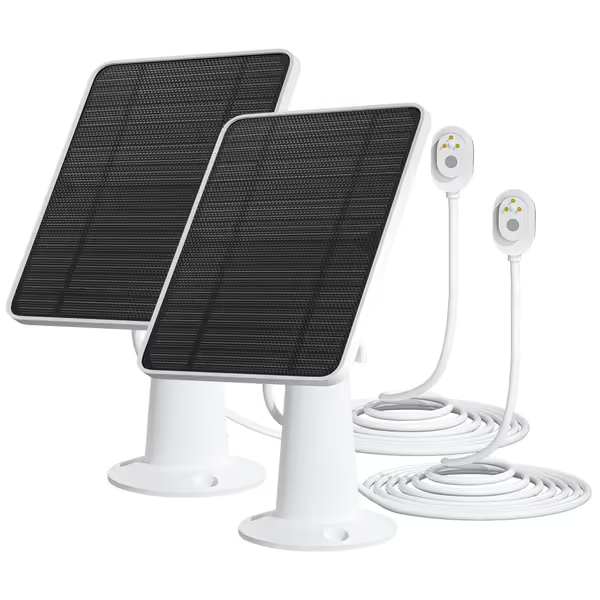
Solar Panel Charger for Arlo Cameras
addresses several reliability concerns with its 360° adjustable bracket that allows optimal positioning for maximum sunlight exposure throughout changing seasons. Its IP65 weatherproof rating ensures operation in rain, wind, and snow, critical for maintaining continuous surveillance.
However, reliability isn't just about power. True sustainability requires systems that maintain functionality during power disruptions, which many "eco-friendly" options fail to address. Consider this risk-to-control mapping: if your security system goes down during a blackout (when crime often increases), is it really secure?
What's the full environmental impact of security cameras throughout their lifecycle?
Most manufacturers only advertise the "solar-powered" aspect while ignoring the broader environmental picture. A comprehensive lifecycle assessment reveals:
| Stage | Impact | Sustainable Alternative |
|---|---|---|
| Manufacturing | High carbon footprint from rare earth minerals and plastics | Choose brands with recycled materials and transparent supply chains |
| Power Consumption | 24/7 cloud-connected cameras consume significant household energy | Local processing with scheduled recording periods |
| Data Transmission | Streaming footage to cloud data centers creates massive energy use | Local storage with selective cloud backup |
| End-of-Life | Electronic waste from proprietary batteries and components | Modular designs with recyclable camera materials |
The hidden environmental cost of "free" cloud services is enormous. Each clip uploaded contributes to data center energy consumption, a fact confirmed by a recent industry report showing that video surveillance accounts for 1% of global data center traffic. Green security technology that prioritizes local storage actually reduces this burden significantly.
How does local-first storage contribute to both sustainability and security?
This is where principle-based guidance makes a critical difference. Local storage isn't just a privacy feature, it's an environmental one. When cameras process and store footage on-device rather than streaming everything to the cloud:
- Network traffic reduces by 70-90%, lowering your router's energy consumption
- Data centers aren't processing and storing terabytes of footage you'll never review
- You avoid the "notification fatigue" from constant false alerts that waste your attention
Consider this scenario: a typical motion-activated camera might record 20 minutes of useful footage per week, but cloud-dependent systems often stream 168 hours of footage just to capture those critical moments. The energy difference is staggering.
Local-first systems also solve the "false alert" problem that plagues so many homeowners, reducing both environmental impact and mental fatigue. When your system captures only what matters (through precise motion zones and on-device AI), you create less digital waste while gaining more usable evidence.
What should I look for in terms of materials and end-of-life considerations?
Genuine recyclable camera materials go beyond marketing claims. Scrutinize:
- Modular design: Can you replace batteries or sensors without discarding the entire unit?
- Right-to-repair policies: Does the manufacturer support repairability with available parts and documentation?
- Take-back programs: Reputable companies offer recycling programs for end-of-life equipment
- Material composition: Aluminum housings last longer than plastic and are more easily recycled
Most security cameras contain lithium batteries that shouldn't be disposed of in regular trash, yet few consumers know this. Research shows only 20% of electronic waste is properly recycled, with security cameras contributing significantly to this growing problem.
When evaluating sustainability claims, ask: "What happens to this device in 5 years?" If the answer involves landfill rather than responsible recycling, it's not truly sustainable, no matter how many solar panels it uses.
How can I balance sustainability with reliable security?
This requires honest risk-to-control mapping specific to your situation. For homeowners concerned about package theft, a strategically placed solar camera with local storage might be perfect. For those in high-crime areas needing rapid police response, a system with cellular backup might justify slightly higher energy consumption.
The key principle: match your technology to your actual risk profile. To cover what matters without over-surveilling, use our security camera placement guide to maximize coverage with fewer cameras and less wasted recording. Over-surveilling "just in case" creates unnecessary environmental impact while potentially violating neighbor privacy, a lose-lose scenario.
Consider these practical guidelines:
- For front door coverage: Solar-powered camera with local storage and selective recording (only during delivery windows)
- For long driveways: Hardwired PoE cameras with scheduled recording periods
- For rental properties: Modular systems where components can be reused when moving
If you're weighing PoE against battery or solar setups, our wired vs wireless camera comparison breaks down reliability, power needs, and maintenance trade-offs. Remember that the most sustainable camera is the one you don't need to replace frequently. Look for robust build quality, weather resistance, and manufacturer commitment to firmware updates.
What's the hidden cost of "free" cloud services in environmental terms?
Those "free" cloud services many manufacturers advertise come with enormous environmental costs most consumers never consider. Each clip uploaded contributes to data center energy consumption, part of why video surveillance now accounts for 1% of global data center traffic.
The environmental math is striking:
- A single camera streaming 24/7 to the cloud consumes approximately 30 kWh annually just for data transmission
- With over 50 million security cameras in US homes, this represents over 1.5 billion kWh annually, equivalent to the power consumption of 140,000 homes
- Most of this footage is never reviewed, making it pure digital waste
True sustainable surveillance systems minimize cloud dependence while maintaining security functionality. This means on-device AI processing, local storage with selective cloud backup, and precise recording schedules that capture only relevant footage.
How do I evaluate the true sustainability of a security camera system?
Apply this principle-based assessment framework before purchasing:
- Data lifecycle: How much footage is captured vs. actually reviewed? (Aim for 80%+ relevance)
- Power management: Does it gracefully handle low-power conditions without losing critical footage?
- Material ethics: What percentage uses recycled content? Is end-of-life processing documented?
- Longevity: Does the manufacturer support the product for 5+ years with firmware updates?
- Repairability: Are replacement parts available? Is disassembly straightforward?
The most sustainable system is the one that remains functional and secure for years without requiring replacement, a direct reflection of the principle that privacy and reliability reinforce each other. When your camera continues working reliably through extreme weather, power fluctuations, and evolving security threats, you avoid the environmental cost of premature replacement.
Control is a feature, especially when it comes to managing your environmental footprint along with your security.
Final Thoughts: Sustainable Security as an Ongoing Practice
True sustainability in home security isn't about a single "green" purchase (it's an ongoing practice of matching your technology to your actual needs). The most eco-friendly security cameras minimize waste at every stage: from manufacturing through daily operation to end-of-life processing.
Start your journey by assessing your actual security needs rather than marketing hype. Question whether you need 24/7 recording or if strategic coverage during high-risk periods would suffice. Evaluate not just the upfront cost but the total environmental impact over the camera's lifetime.
For deeper exploration of sustainable security practices, consider:
- Calculating your current security system's energy footprint
- Researching local e-waste recycling programs for electronics
- Joining homeowner groups focused on privacy-respecting neighborhood security
Remember that the goal isn't perfect zero-impact security (that's unrealistic) but meaningful progress toward systems that protect both your property and your principles. When privacy and sustainability guide your security choices, you create resilience that lasts.

